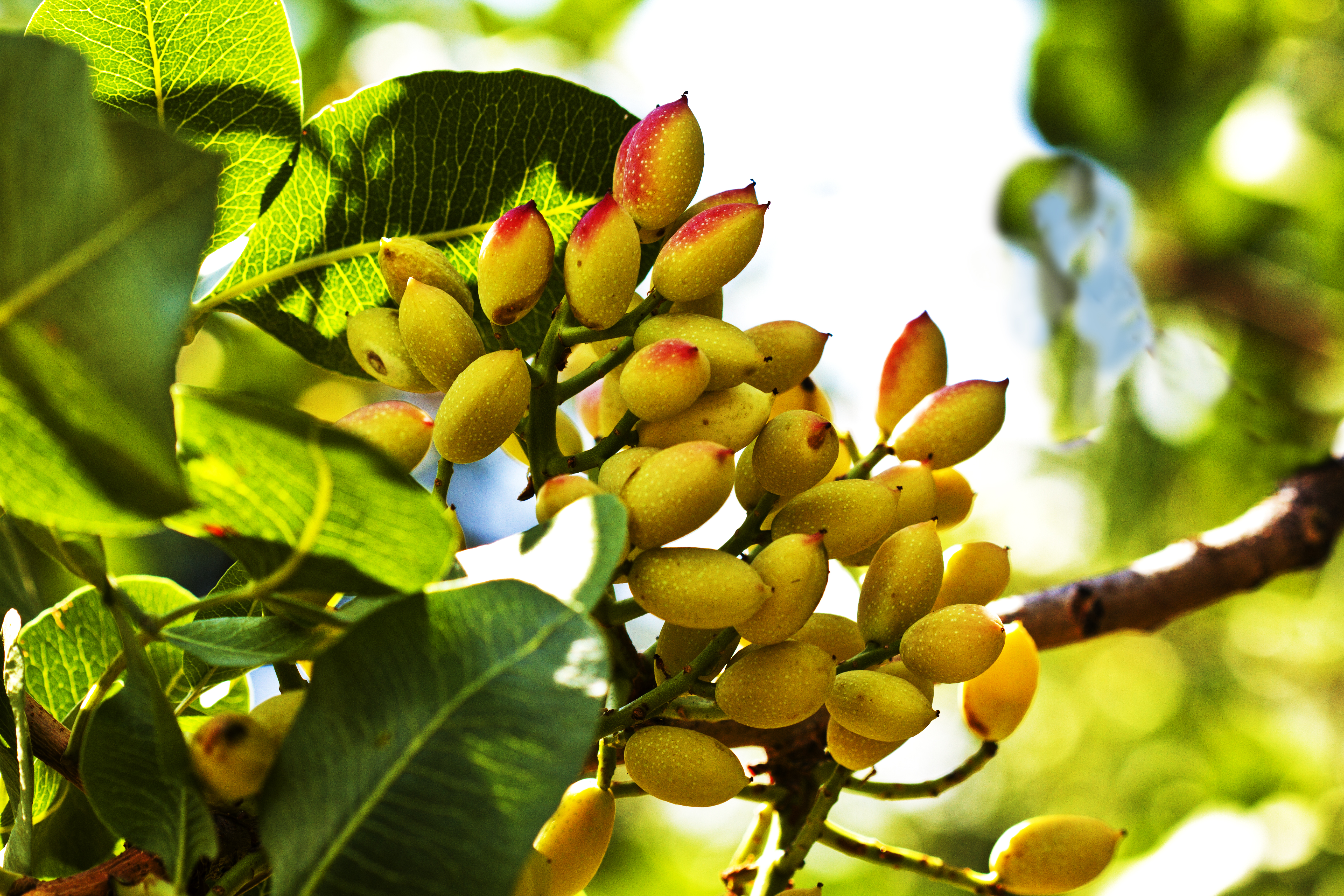Last week’s posting on Yalda reminded me of a recent Saudi Aramco article explaining how all the commercial pistachio trees in California derive from just one ‘mother tree’, brought from Kerman.
By 2010 – following the American Embassy ‘hostage crisis’ of 1979, and the subsequent embargo on Iranian pistachios – production in California apparently outstripped that in Iran.

It’s not only the amount that is harvested which ia different between California and Iran. The video here shows the (tragically) slow by-hand harvesting and production in Iran – as compared to the machine-shaking harvesting method in California (this looks brutal to me!).
As to the Kermani ‘mother-tree’, Eric Hansen explained how the plant specialist William Whitehouse travelled to Persia in 1929, and brought back 9kg of seeds of different varieties. Field tests took 20 years. Of 3000 trees from Whitehouse’s seeds, one from Kerman – with a lot of nuts per tree, and a large proportion of natural splits, making them easy to open and eat – was selected as the best. The ‘Kerman’ variety was released for commercial growth in 1957. A problem with root fungus was resolved after Pioneer Nursery created a disease-resistant hybrid in 1981, and a good male pollinator was found (maybe it’s Armenian) shortly after.
So what’s with the archimage? This is a reference to the pistachio from the Shahnameh. The nuts are in the Bible too, but there is even earlier archaeological evidence of their consumption, for example in Iraq and Israel.